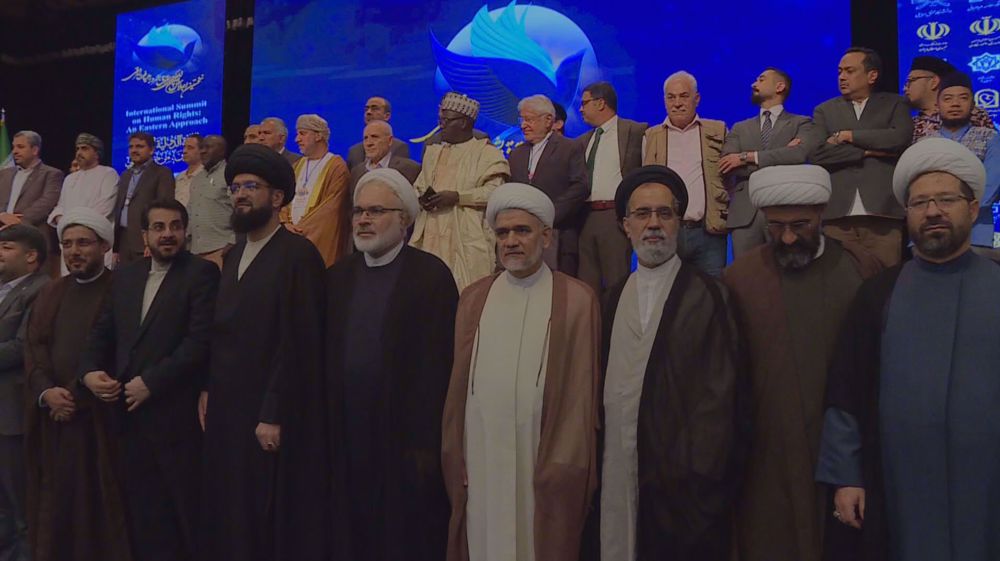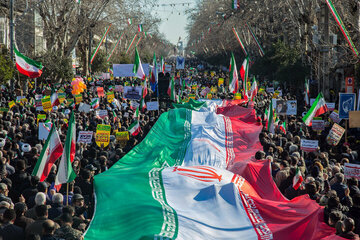Yesterday, The New York Times covered the recent missile strike on ISIS positions in Syria, suggesting that Iran's use of the advanced Kheibar Shekan missile may serve not only as retaliation against the group but also as a demonstration of Iran's strength against the West, particularly the Zionist regime.
According to The New York Times, Iran deployed the "Kheibar Shekan," one of its advanced long-range missiles, in an attack against ISIS terrorists. The missile's impressive range and precision have attracted the attention of security officials in Europe and Israel, as well as analysts monitoring Iran's technological progress. The combination of Iran's latest missiles and drones has positioned the country as a manufacturer of highly sophisticated weaponry in the Middle East, surprising many Western authorities with its ability to produce thousands of unmanned aerial vehicles. Consequently, Iran's missile capabilities are prompting the West to reassess its defense and response strategies.
Also, The New York Times has reported that the U.S. had long devised strategies to counter Iran, operating under the assumption that Tehran's ballistic capabilities were constrained. However, the "Kheibar Shekan" has now demonstrated the ability to precisely target objectives at greater distances than any previously launched Iranian missile.
Introduced in 2022, the Kheibar Shekan is a solid-fuel guided missile boasting a range of approximately 1,450 kilometers and the capacity to target the Zionist regime. What sets it apart from other Iranian missiles is its aerodynamic nose cone, enabling it to maneuver using ballistic aerodynamic flares and evade certain air defense systems.
Choosing the Kheibar Shekan for the recent attack on the ISIS terrorist group, even though simpler missiles could have been just as effective, is primarily seen as Iran's attempt to demonstrate its power to the West and also retaliating against a terrorist organization.
Fabian Heinz, an expert in missiles, drones, and the Middle East at the International Institute for Strategic Studies in London, commented, "Observing the utilization of this system was highly intriguing. The question arises whether Iran tested one of its most advanced missiles in a wartime scenario, sent a message to Israel, or both."



























